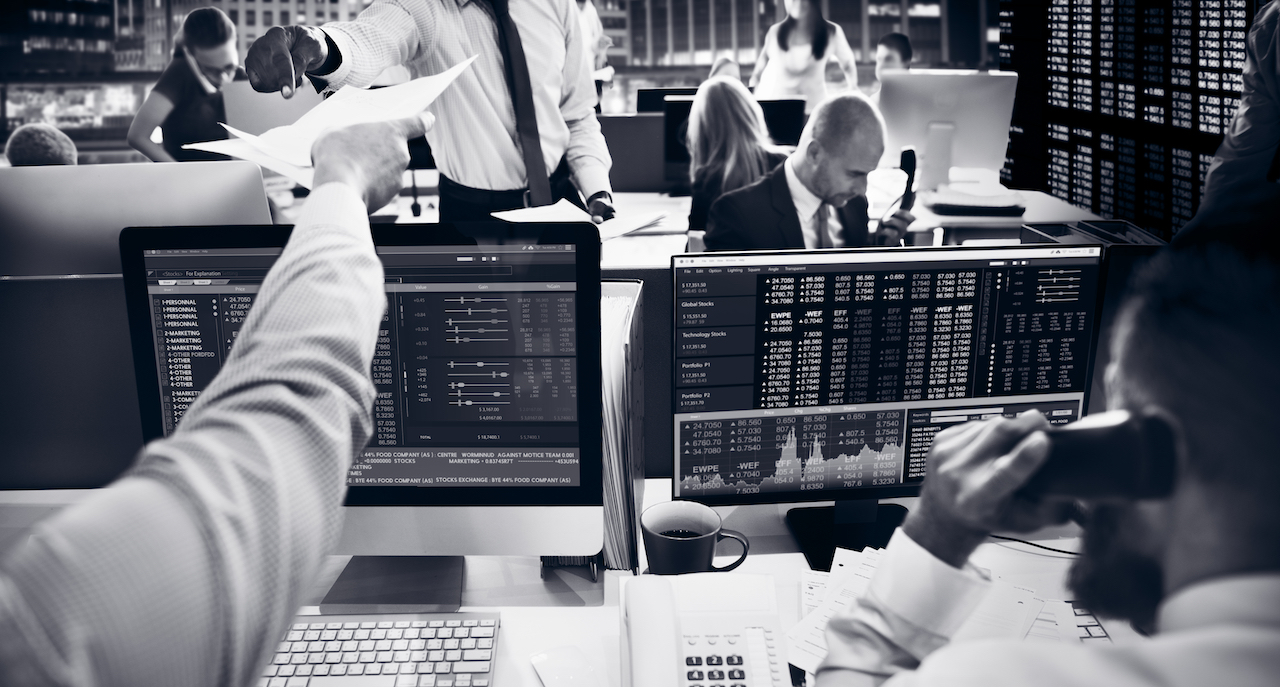Confuse no more. Now you can choose your fund manager with much more confidence. Recent research shows that fund with high active shares and past outperformance tends to outperform in the future.
How do you choose which fund to invest in?
Most people will look at past performance though it is no guarantee of future results. There are warnings about using past performance data on every prospectus and fact sheet. Some will tinker with tons of fund statistics. Some will simply ask their advisers or just do a simple Internet search. The result is confusion, and people buy index funds or any funds that became a trending topic.
The net alpha of 1.38% is big and difficult to obtain. We are talking about an average number during 12 years of observations. It is significant.
What is an active share?
Active share demonstrates how much a fund's holding vary from those in the benchmark. A high active share means the manager intentionally attempts to have different exposures than the benchmark.
It means the manager has a high conviction of their stock pick. Conviction is the result of whatever skill a manager has, regardless of the effectiveness of the skill.
The more skilled a manager is, the more he is willing to implement it to a large portion of his portfolio. Naturally, the portfolio will have higher active shares.
Active share does not measure managers' skills but rather the extent to which managers apply whatever skill they have.
High active shares = performance persistency
Cremers, Fulkerson, and Riley (2022) found a link between positive performance persistence and active share: past outperformance is less likely to be due to luck and more likely to be followed by future outperformance among high active share managers.
They found that the average active share of a separate account is about 80%. The average net alpha for separate accounts is -0.76% per year, suggesting net-of-fee underperformance for the typical separate account.
Among separate accounts within the top 20% of active share, a portfolio of those within the top 20% of past performance has a statistically significant subsequent net alpha of 1.38% per year. Since high active share is an embodiment of a manager's skill, it suggests that a combination of past performance and active share could be used to identify separate accounts that can be expected to, on average, outperform the market net-of-fees.
Looking from a different angle, the researchers compared those with high active share versus low active share. Conditional on having high active shares, the portfolio of separate accounts with strong past performance outperforms those with a weak past performance by, on the net, 3.59% per year. That difference is substantially larger than the same difference among low active share accounts (1.52% per year). Relative performance persistence is significantly stronger among highly active separate accounts.
Active share does not, on its own, predict future performance. However, managers with both high active share and strong past outperformance are more likely to be skilled and subsequently outperform.

The calculation
Active share is calculated as the absolute differences in portfolio weights for all stocks in the fund versus its benchmark. It is always between 0% and 100%. Adding leverage and short position can increase active shares above 100%.
For illustration, let's assume a dummy portfolio with 5 stocks, and its benchmark consists of 7 stocks only. Its active share is 80%.
The calculation is easy and intuitive. However, getting the data may be tricky because many funds do not disclose all their holdings.
Several hints indicate the level of active shares of a fund. First, a fund with concentrated holdings is likely to have high active shares. Second, you can guess the level of active shares from a fund's top holdings versus its benchmark. The more different the top holdings, the fund's active share is likely to be high.
The table below shows the top holdings of real funds: Fund X and Fund M. With this data, we can safely guess that Fund X has much higher active shares than Fund M. There is no overlap among the top holdings of Fund X and the Benchmark (S&P 500). Meanwhile, Fund M has two overlaps among its top holdings.
The caveat
Fund managers are supposed to beat the benchmark. There are two ways to do this. First, he must actively trade his position rightfully. This is where everybody feels they are master at it. Second, he only buys (or shorts) his stock conviction.
Active share cannot capture the performance of those who generate alpha mainly from heavy trading. A savvy active trader can have a 0% active share while beating the benchmark. Active share data, usually published over a longer period (monthly), may not capture daily trading activities.
Nevertheless, active share is very useful information for fund manager selection. The disclaimer 'past performance is no guarantee of future results' will always be there. Still, you'll get an edge, statistically, using active share data.
As of June 2, 2022, our Christmas Signature portfolio has an active share of more than 90%.
Happy (fund manager) hunting!
[edited by Erenst Anip]

